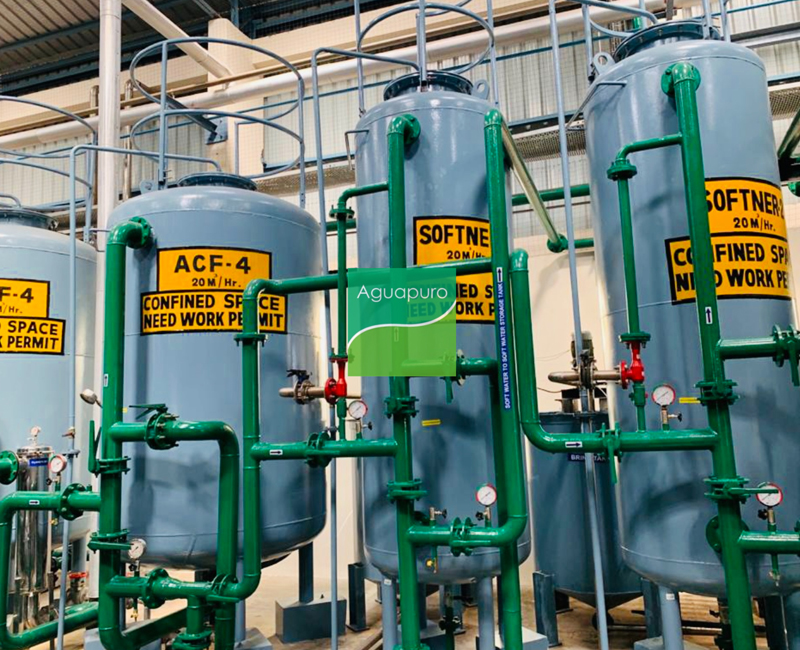Water Softener System
Water Softener, Water Softening plant, Hard Water Softeners Manufacturer, Exporter in Mumbai, India
Water softeners work through a process called ion exchange which eliminates calcium and magnesium from the water. When the hard water enters into the filter tank, it flows through a bed of spherical resin beads. These plastic beads, usually made from polystyrene, are charged with a sodium ion. The resin beads are anions, meaning they have a negative charge. The calcium and magnesium minerals have a positive charge, making them cations. Since opposite charges attract, the negative charge of the minerals is attracted to the positive charge of the resin beads. As the hard water passes through the resin, the beads grab ahold of the mineral ions and remove them from the water. When the bead seizes the mineral ion, the sodium ion is released. The column of resin strips all the hardness out of the water as it passes through the filter tank, and softened water flows out.
The AGUA Series Water Softening Plants are designed to produce treated water to suit various applications. Treated water is of consistent quality with low residual hardness throughout the service cycle.

